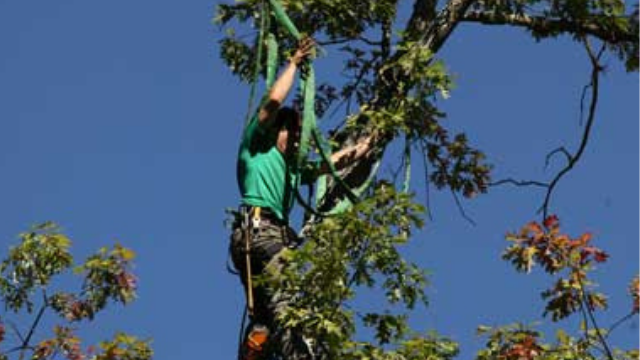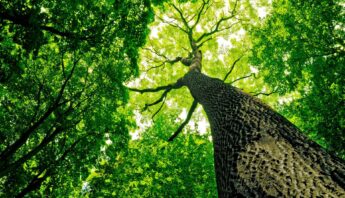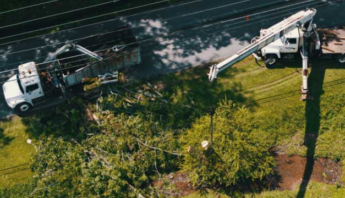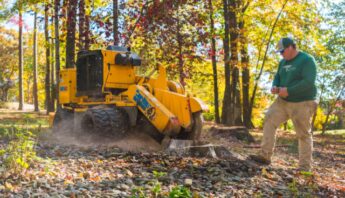The green that trees provide goes beyond the beauty of their foliage. Part of your home’s market value is rooted in the quality and quantity of healthy trees on your property.
That’s why it’s so important to take good care of your trees. After all, they grow very slowly, so it’s not easy – or cheap – to replace them.
Our research team, after interviewing arborists and other tree experts who are highly rated by members of Angie’s List, recommends these tips for keeping trees in good shape for as long as possible:
Get an expert evaluation
Start by having your trees pruned and evaluated regularly for signs of dead wood, insect damage and other problems.
Remove dead or problem branches
One important part of tree maintenance is periodic crown cleaning, which is the removal of dead wood. In addition to looking unsightly, dead wood can cause a tree to not produce enough sugar, can make it more attractive to insects and can lead to structural damage when limbs fall.
Another process, known as crown thinning, is the removal of selected branches from the tree’s crown to allow more light to pass through and decrease wind resistance, which will help the tree weather storms.
Other reasons to prune trees include removing branches that hang over or brush against the house or block visibility near streets and intersections. Also, it’s wise to remove branches that cross and rub against each other.
The right pruning techniques will help the tree develop strong roots so it can weather the storms. Pruning is also a great way to enhance the shape and stimulate fruit production.
The best time to prune is in the late fall or winter, when sap isn’t running, so the tree is less stressed. Because in many parts of the country insects are dormant at that time of year, pruning in late fall or winter helps prevent infestation.
In many cases, pruning is best left to professionals, but if you do it yourself, be sure to cut branches at a node, or the point where the branch connects to another branch. The cut should be just outside the ridge of bark that develops at this intersection. Angle the cut down, creating as little branch stub as possible.
Avoid topping
Many arborists and other tree experts frown on the practice of tree topping, which involves the removal of large branches or the tops of trees. The practice can significantly damage a tree if too much is cut. If tree topping has already occurred, experts suggest that the tops continue to be cut, since, as sprouts emerge, the area is prone to insect damage.
Treat for insect damage
Trees in different areas of the country can be victim to different insect infestations, such as those from emerald ash borer in the Midwest and pine beetles in the West. Insects can bore into trees and weaken their structure.
Take care with young trees
Be especially attentive to trees that are not yet mature. They require more care, and water, compared to established trees. Also, make sure you’re using the right type of soil for the tree you plant. Experts suggest pruning and maintaining early on so a younger tree doesn’t develop poor structure.
Hire right
As always with hiring a service provider, get several bids, ask for and check references, never pay in full up front, and confirm that the company is properly insured and licensed. Check Angie’s list for references.





